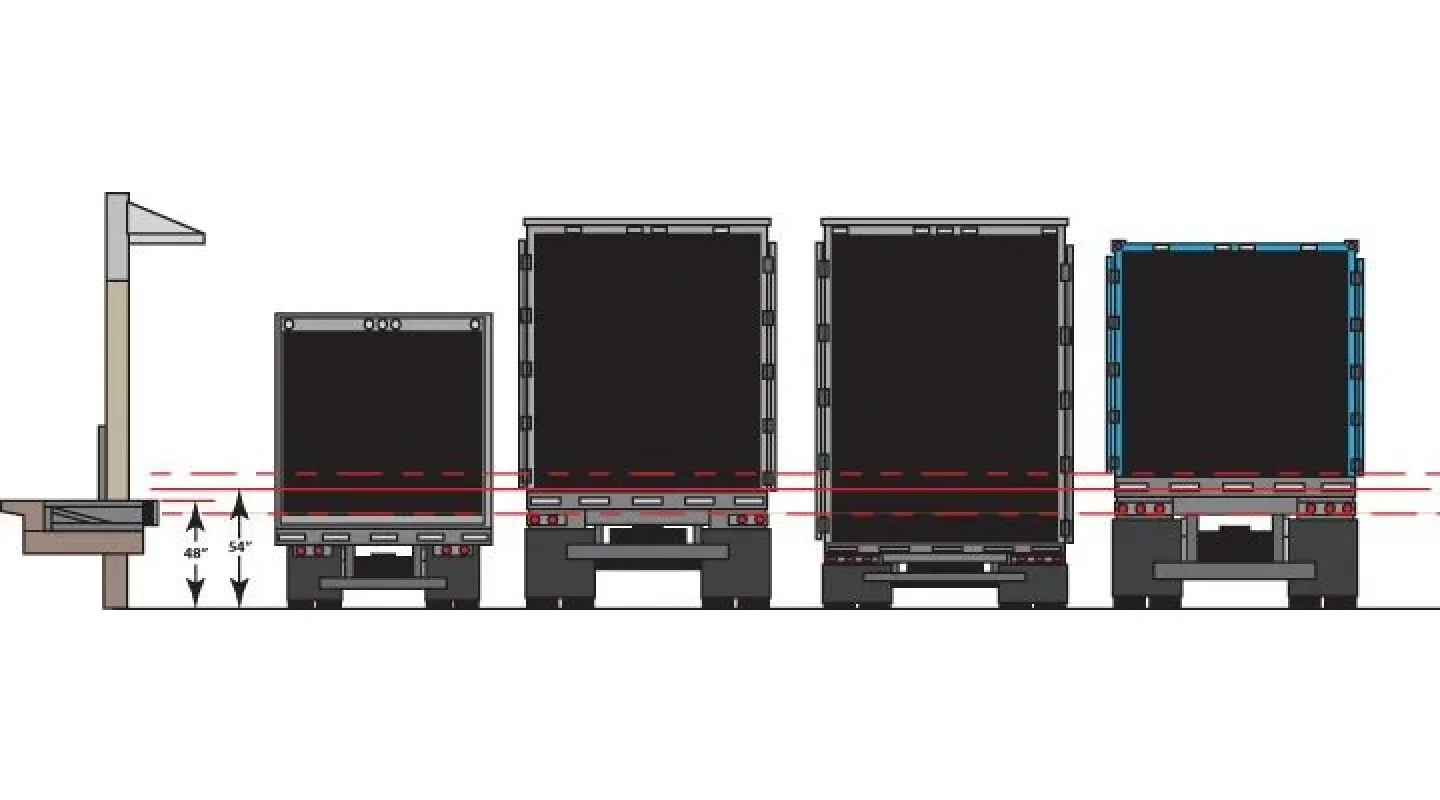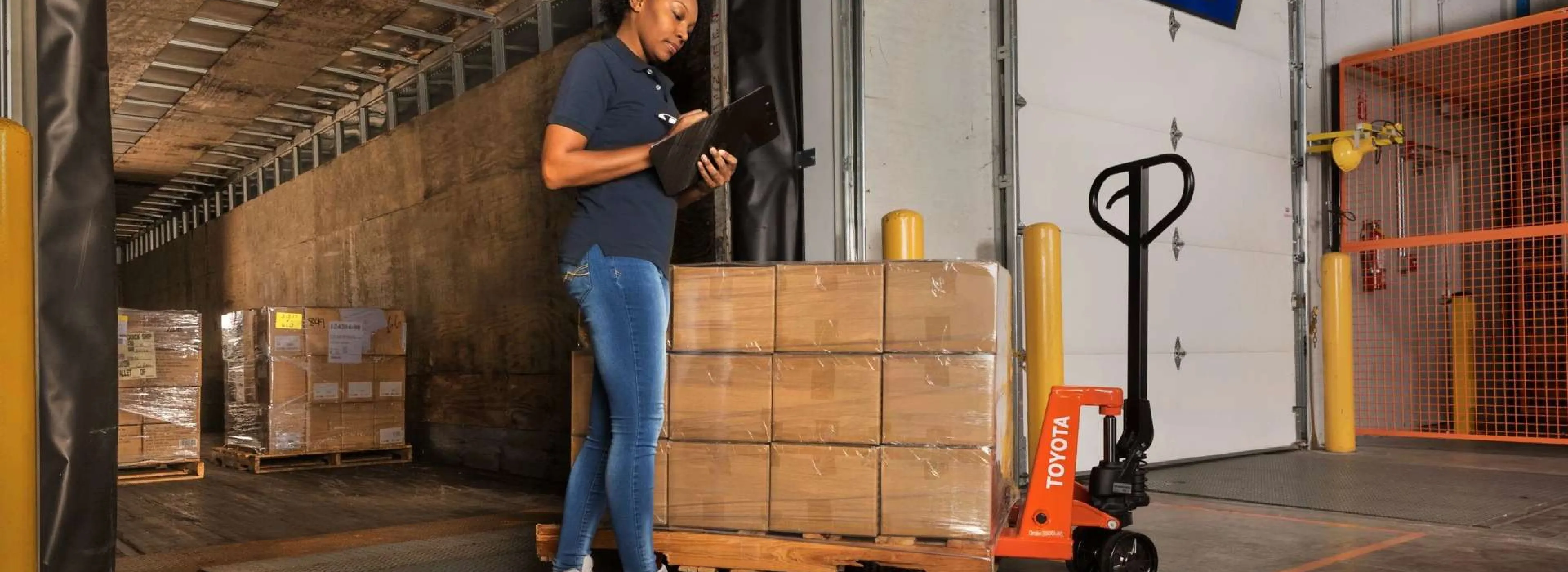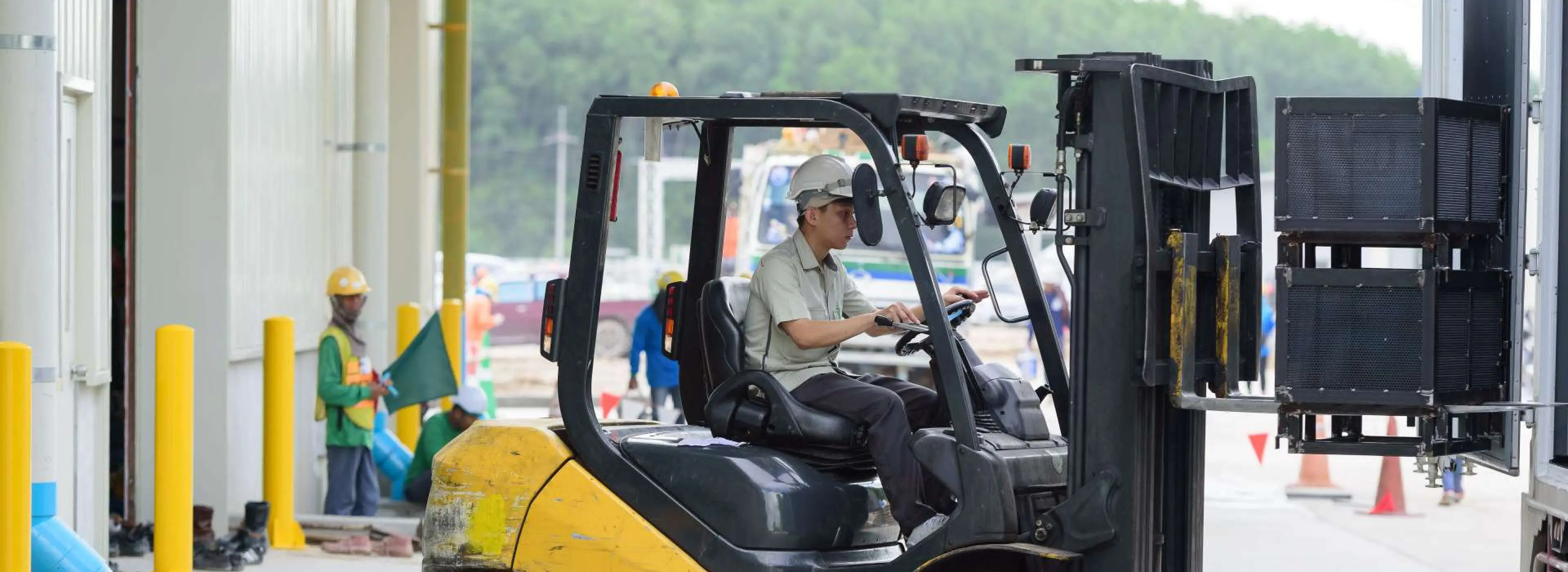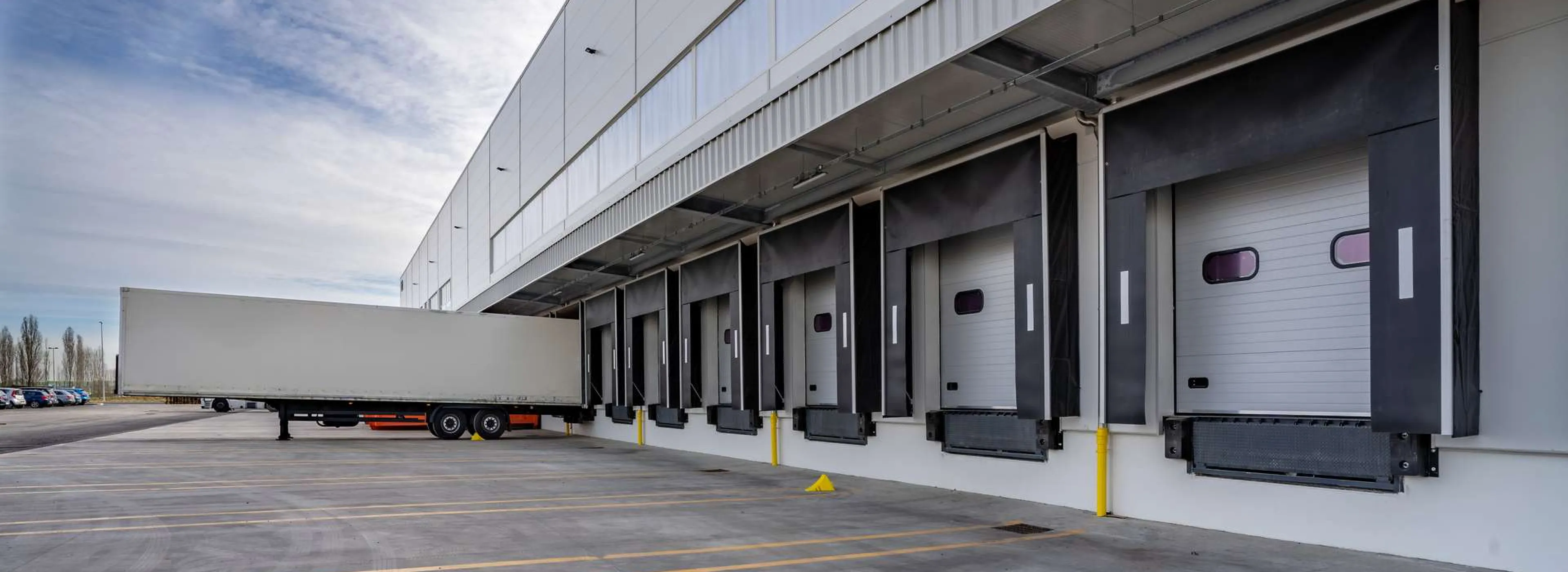Warehouse loading docks can significantly influence the productivity and efficiency of your operations. For example, slow unloading can become a bottleneck to how much goods are handled in the subsequent processes, while slow loading can lead to an overflow of goods in the staging area. Additionally, loading docks are filled with potential danger, so proper safety procedures must be in place.
Click Here: Optimize Your Loading Process With This Advanced and Affordable WMS
To help you avoid the scenarios above, we listed four best practices to optimize your loading dock operations and improve warehouse safety and productivity. But first, what is a warehouse loading dock?
What is a Warehouse Loading Dock?
A warehouse loading dock is an entrance or exit point for goods that are being loaded or unloaded from trucks and vans. It is one of the most important areas of the warehouse to keep efficient, as it manages the inflow and outflow of goods, which is directly proportional to the warehouse’s profitability. As a warehouse manager, it is crucial to optimize efficiency and safety in the loading dock area, which includes investing in proper dock equipment for your dock door.
The height of a loading dock will depend on the most frequent vehicle accommodated per warehouse, as trucks can range from 30” to 62” in height. Today, the most common dock height is 48” – 52”.

Your frequently accommodated trucks will also determine the width of your warehouse loading dock. Since the majority of trucks today are at least 8’ wide, your loading dock must be able to accommodate this size. Additionally, it is important to note that wider doors require more space, so it is best to keep dock width at the minimum without sacrificing efficiency. For example, high-speed dock doors can open and close at speeds of up to 150 inches per second, allowing for efficient loading and unloading of trucks.
What is the Difference Between Loading Dock and Loading Bay?
Loading dock and loading bay are two terms that are often used interchangeably. They both refer to areas where goods are loaded and unloaded from trucks. However, there is a slight difference between the two.
A loading dock is a specific area within a warehouse or building where trucks can directly back up for loading and unloading purposes. It is usually raised to match the height of the truck bed, making it easier to transfer goods between the vehicle and the warehouse. Loading docks are commonly found in larger warehouses or industrial facilities, and are often referred to as a loading area or loading bay.
A loading bay is a more general term that can refer to any designated area where the loading and unloading of goods take place. It can be located inside or outside the building and may not necessarily be raised to match the height of the truck bed. Loading bays are often used in smaller facilities or retail stores where there may not be a dedicated dock for trucks to back up to.
Both loading docks and loading bays serve the same purpose of facilitating the movement of goods. However, their design and functionality may vary based on the specific needs and limitations of the warehouse or facility. It is important for businesses to carefully consider their requirements and choose the appropriate option based on factors like size, location, and efficiency.
Tips to Optimize Warehouse Dock Operations
1. Implement a Dock Scheduling Software
A dock scheduling software can help you manage your loading dock operations more efficiently. It allows carriers to schedule appointments and helps you organize your warehouse around that schedule. This software can also consider factors like when the dock is open, the types of cargo accepted, and available resources.
By using this software, you can allocate the right number of workers to handle incoming or outgoing cargo without wasting time or resources. Since labor costs can make up 50-70% of a warehouse’s budget, it’s important to use them wisely.
To inquire for a custom dock scheduling software, click here.
2. Utilize the Right Equipment
In addition to having the right amount of labor resources, investing in the right equipment can improve warehouse loading dock efficiency and safety. Some of the equipment we recommend to use are:
Vehicle Restraints
This equipment holds a trailer’s rear impact guard to secure it from vehicle creep or unscheduled departures. This prevents forklift fall-through, which is one of the most dangerous types of accidents occurring at warehouse loading docks.
Vehicle restraints are more preferred than wheel chocks since they are safer and not placed manually like chocks, which are susceptible to incorrect application and human errors.
Hydraulic Dock Levelers
Dock levelers are equipment used to accommodate different trailer floor heights. Hydraulic dock levelers, specifically, are more recommended since it operates with a push of a button and doesn’t require workers to bend down in an awkward position that is susceptible to injury – just like mechanical levelers.
Additionally, hydraulic dock levelers are cost-effective in the long run since they require less maintenance than mechanical levelers.
Conveyors
Conveyors are material-handling equipment that facilitate the transportation of cargo from one place to another. For loading dock operations, warehouse conveyor systems ease the movement of cargo from the truck to the staging area, greatly improving warehouse efficiency and safety because of less human intervention.
To learn more about the must-have equipment in your warehouse, click here.
3. Be Aware and Learn the Possible Dangers
In the industrial sector, 25% of accidents occur at the warehouse loading docks. And, as per OSHA, 71 accidents occurred at loading docks from 2017 to 2019, with 19 of them being fatal.
One of the ways to ensure safety in the warehouse loading docks is knowing the potential dangers. According to ISHN, accidents that occur at the docks can be categorized into five categories, referred to as FACTS:
- Forklift Accidents
- Attention and Alertness
- Carbon Monoxide Poisoning
- Trailer Creep
- Slips, Trips, and Falls
Remember, awareness is the first step to prevention. To learn ways on how to prevent accidents in the warehouse, click here.
4. Proper Ventilation & Fans
Loading docks involve the use of machines and vehicles that produce hazardous fumes to workers. Without proper ventilation, workers can inhale dangerous chemicals and run into potential health risks, which could cost your company a substantial amount.
In addition to fumes, warehouse loading dock operations involve loading and unloading cargo to and from hot trailers. This can cause dehydration and discomfort, which can decrease productivity or worse, lead to accidents.
To make your warehouse a comfortable place for your employees and provide them with healthy working conditions, check out these 5 practical ventilation tips.
Summary
Loading dock operations require efficient management, as it is responsible for the inflow and outflow of cargo that greatly influences warehouse productivity. Additionally, according to OSHA, it involves 25% of accidents in the industrial sector, so proper safety measures should be in place. Following the four best practices mentioned above can help you process more cargo and increase efficiency, but also, help mitigate accidents.
To find solutions to optimize your warehouse loading dock operations, go to our Solutions Finder tool.
If you want to learn more about warehouse digitalization and optimizing warehouse processes, you can follow us on LinkedIn, YouTube, X, or Facebook. If you have other inquiries or suggestions, don’t hesitate to contact us here. We’ll be happy to hear from you.












